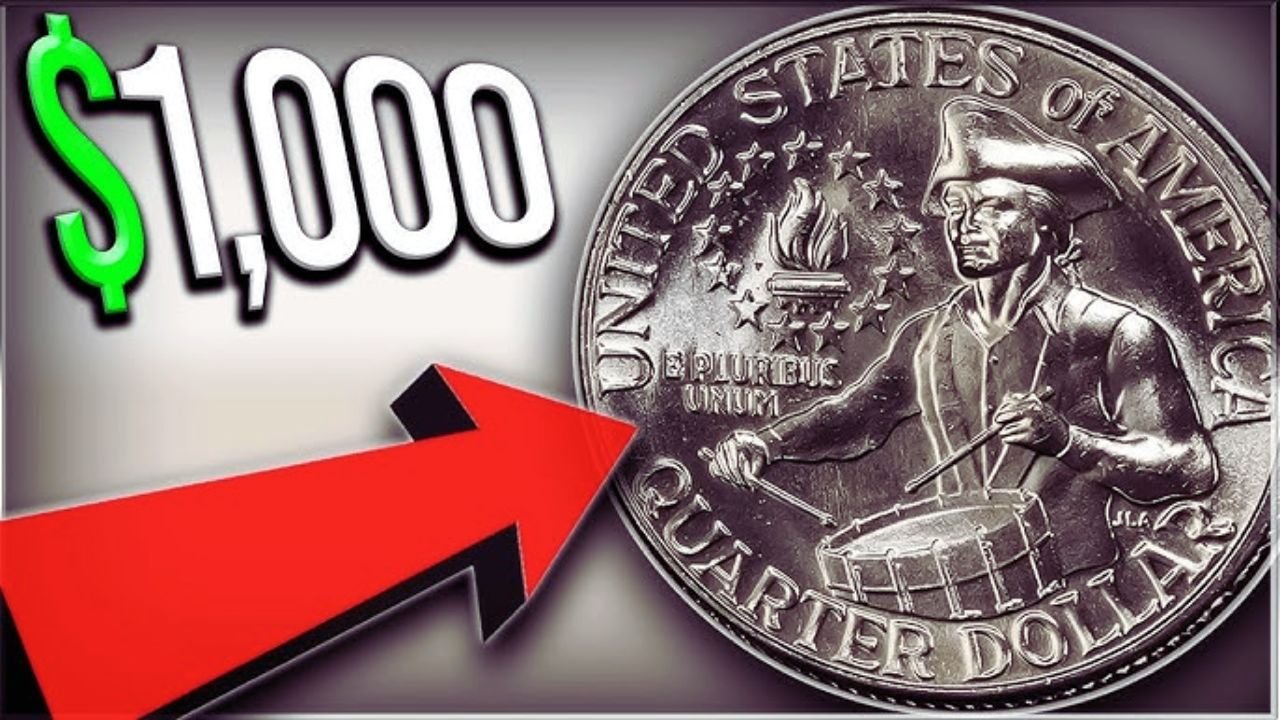The 1976 Bicentennial Quarter is a coin that catches the eye of collectors and everyday folks alike. Minted to celebrate America’s 200th birthday, this quarter has a unique design and a story that makes it special. While most are worth just 25 cents, some rare versions can fetch thousands of dollars. This article explains what makes these quarters valuable and how you can spot one worth more than its face value.
A Coin with History
In 1976, the U.S. Mint released the Bicentennial Quarter to mark 200 years since the Declaration of Independence. Unlike regular quarters, it features a colonial drummer on the back and a dual date of “1776-1976” on the front. The Mint made over 1.6 billion of these coins, so they’re common in pocket change. But certain varieties, like those with errors or made of special materials, are rare and highly sought after by collectors.
Types of Bicentennial Quarters
The 1976 quarters come in a few types. Most are copper-nickel clad, made for everyday use. Some were struck in 40% silver for collectors, available only in special sets from the Mint. There are also error coins, like those with double-die strikes, where the design appears doubled. Quarters from the Philadelphia Mint (no mint mark) or Denver Mint (“D” mark) are common, but San Francisco Mint (“S” mark) silver versions are more valuable.
| Type | Material | Mint Mark |
|---|---|---|
| Circulation | Copper-Nickel Clad | None or “D” |
| Collector’s Silver | 40% Silver | “S” |
How to Spot a Valuable One
To find a valuable 1976 Bicentennial Quarter, check a few details. First, look for the mint mark under the date. Silver quarters from San Francisco with an “S” are worth $4 to $10 in good condition. Next, inspect for errors like double-die marks, where letters or the drummer appear doubled. These can be worth $50 to $500 or more. A magnifying glass helps spot these details. Finally, check the coin’s condition. Worn coins are worth less, while uncirculated ones fetch higher prices.
| Condition/Error | Estimated Value |
|---|---|
| Circulated Clad | $0.25 – $1 |
| Uncirculated Silver | $4 – $10 |
| Double-Die Error | $50 – $500+ |
Where to Find Them
You can still find 1976 Bicentennial Quarters in everyday places. Check your change, coin rolls from banks, or old family collections. Flea markets and coin shops are good spots too. If you think you have a silver or error quarter, take it to a professional grader like PCGS or NGC. They can confirm its type and condition, which affects its value. Even common clad quarters in perfect shape can be worth a few dollars to collectors.
Why Collectors Love It
The 1976 Bicentennial Quarter is more than just money. It’s a piece of American history, celebrating a major milestone. Its unique design and the chance to find a rare version make it exciting for collectors. Whether you’re new to coin collecting or a seasoned pro, this quarter is worth a look. Next time you find one, check it closely. You might have a small treasure in your hand.
